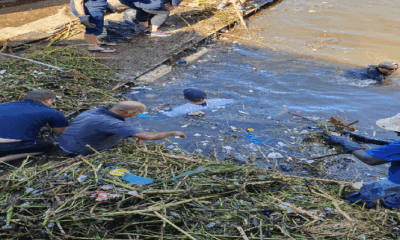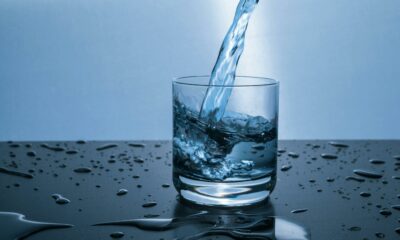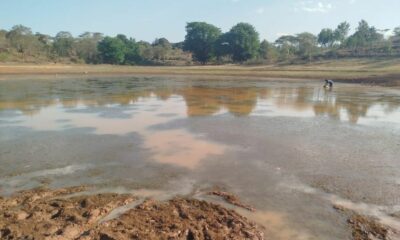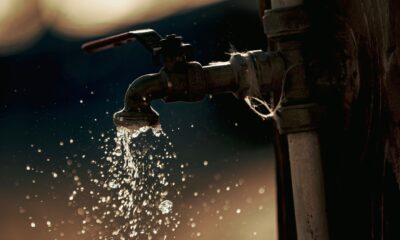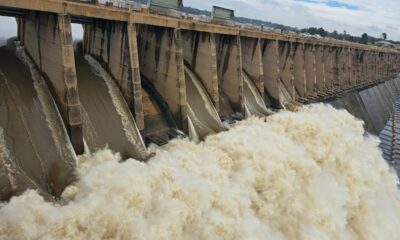Business
Hope Flows in Emfuleni as Major Water and Sanitation Fixes Show Real Results
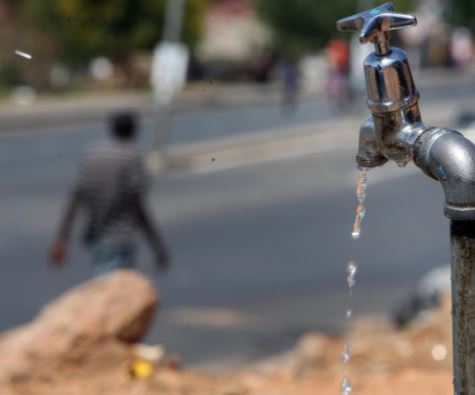
After years of grappling with sewage spills and a failing sanitation system, the people of Emfuleni are finally seeing change—real, measurable change.
The Department of Water and Sanitation (DWS), in collaboration with Rand Water, has taken the reins in a long-overdue intervention to fix the region’s crumbling water infrastructure. The Vaal River System, once a symbol of life for surrounding communities, had become plagued by pollution due to collapsing sewer lines and underperforming wastewater treatment facilities.
But today, things are different. Since the DWS invoked Section 63 of the Water Services Act back in 2021, the municipality has made strides that residents can now feel in their daily lives.
What’s Been Done So Far
The multi-year plan, expected to cost R7.6 billion over seven years, has already hit significant milestones:
-
50 collapsed sewer lines have been replaced
-
Four key pump stations are now fully functional
-
Upgrades to major pipelines have reduced sewage spills
-
Sebokeng Waste Water Treatment Works’ capacity has increased from 100 ML to 150 ML/day
These improvements haven’t just stayed on paper—they’ve translated into fewer sewage overflows into homes and streets, and better water quality flowing into the Vaal River.
Why It Took So Long
For years, efforts by local authorities and even help from the South African National Defence Force couldn’t solve the deep-rooted issues. The real turning point came when the national government stepped in and handed over operational control to Rand Water, a move that provided both expertise and accountability.
What’s Still to Come
While progress is undeniable, much work remains. Several wastewater treatment plants—including Rietspruit, Leeukuil, Meyerton, and Sebokeng—are still operating beyond capacity. Upgrades are underway, with engineering timelines suggesting that full rehabilitation may take another 3 to 5 years.
The goal is to raise treatment capacity across the board:
-
Rietspruit: +50 ML/day
-
Leeukuil: +15 ML/day
-
Meyerton: From 10 ML to 25 ML/day
-
Sebokeng: Another planned +50 ML/day expansion
Meanwhile, a Special Purpose Vehicle (SPV) is being set up to manage Emfuleni’s water services independently and professionally. This dedicated water utility will operate under strict accountability standards, pending approval from National Treasury.
Keeping the Momentum
Officials stress the importance of staying vigilant. Vandalism, theft of infrastructure, and high levels of non-revenue water still threaten progress. But there’s also growing hope. Community members, local leaders, and civil society are actively engaged through a political steering committee, helping guide this transformation.
The situation in Emfuleni is far from perfect, but after years of frustration, residents are finally witnessing meaningful action. With continued investment, cooperation, and local engagement, the region may finally put its water and sanitation woes behind it—for good.
{Source: Vaal week blad}
Follow Joburg ETC on Facebook, Twitter , TikTok and Instagram
For more News in Johannesburg, visit joburgetc.com

